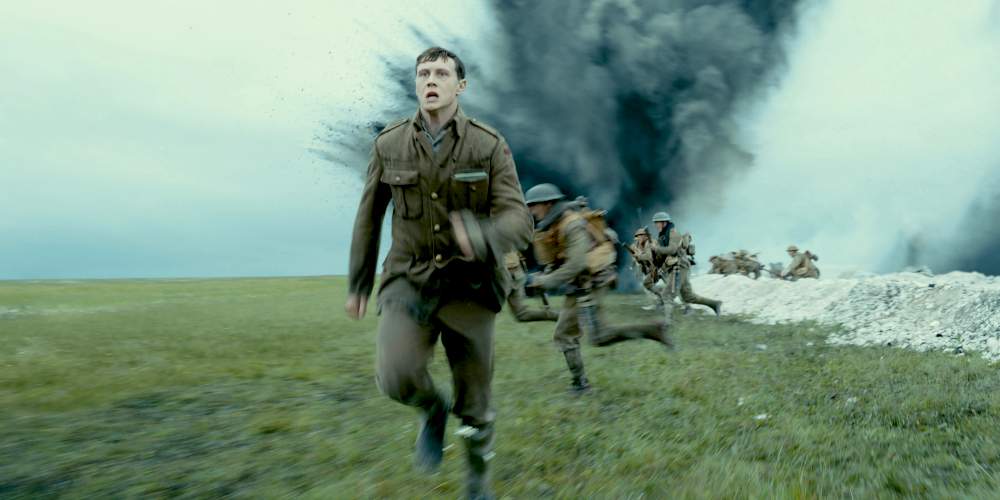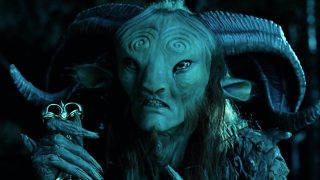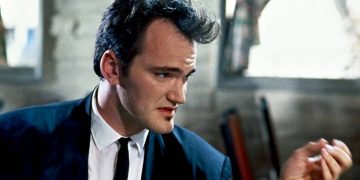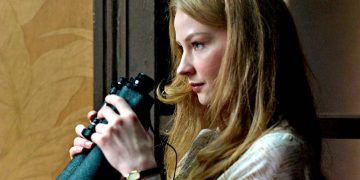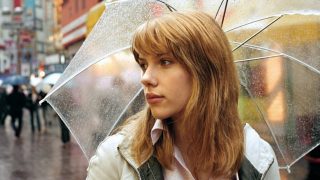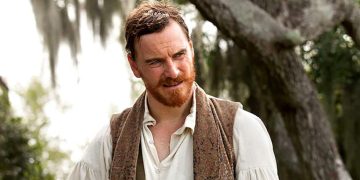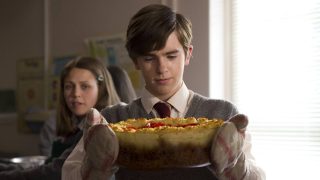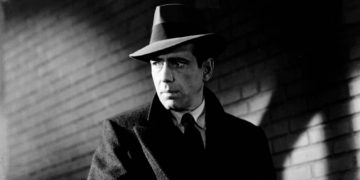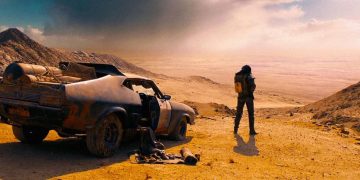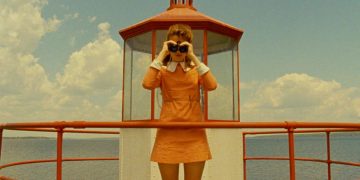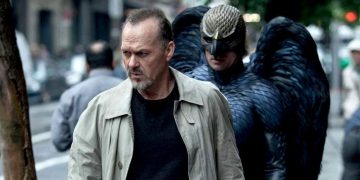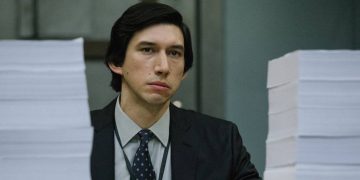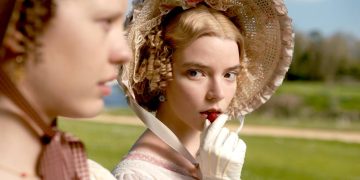The "long shot" is a difficult technique that can be impressive when done well or boring when fumbled. It's also called a "long take" or "one take" or "one shot"—but they all describe the same thing.
The long shot film technique is conceptually simple: an entire scene is shot start-to-finish as a single take, without cutting to other angles or combining various takes.
Long shots are often associated with sophistication, dedication, and high-level direction since they leave no room for error. Normally, multiple takes are edited together for a scene, to mask errors made and combine the best performances from various takes.
Chopping up single takes and hopping between multiple camera angles is also used as a way to hold the viewer's attention. Frequent and rapid cuts can help keep energy up, which is why you rarely see one-takes in action-heavy blockbusters.
For the most part, long shots are reserved for the classics, the avant-garde, the indie. They have to be intentional, well-choreographed, and well-performed, otherwise they can fall flat.
Directors need to be careful not to show off with a one take. Throwing in a random long shot doesn't automatically make a film into a masterpiece. The long shot needs to serve a purpose.
Here are some of the best examples of long shots and one takes in movies, ranging from classics to modern hits.
12. The Tricycle Hallway in The Shining (1980)
Stanley Kubrick's films can be earmarked by two things in particular: compositional symmetry and long takes. He has many examples to choose from, but we're highlighting his classic 1980 horror The Shining.
The hallway tricycle scene is now beyond iconic—you'll even see the same carpet referenced in Pixar's Toy Story (1995). Kubrick utilizes the long shot here to build an eerie atmosphere.
We track young Danny as he cycles down the creepy hotel corridor. The music amplifies, then Danny stops at Room 237. If you've seen the film, then you know why this is significant...
11. The Mirror Shot in Contact (1997)
This particular shot from Contact (1997) is especially cool because it plays a trick on the eyes. Director Robert Zemeckis films this long take through a mirror—but we don't realize that until the end.
As Ellie runs upstairs to get her father's medicine, everything turns into apprehensive slow-motion. She reaches for the cabinet and the camera pulls away from the mirror... to show it was a reflection all along.
It happens pretty quickly, but really trips you out for a second. (For those interested in how it was filmed, a steadicam shot was used in front of Malone and a blue screen put in the place of the mirror).
10. The Opening Scene of The Conversation (1974)
All the main themes of Francis Ford Coppola's The Conversation (1974) are summarized in the opening shot—we just don't realize it at first. The direction and cinematography are subtle, bringing the film's various elements together in one single frame.
The aerial shot is almost three minutes long as it looms over San Francisco's Union Square. Gradually, the camera zooms in on one man, our protagonist Harry Caul (Gene Hackman). It's an apt surname for one who deals in audio surveillance.
The Conversation is a paranoid mystery thriller in which Harry inadvertently records a murder plot. The motif of sound observation is conveyed through scraps of radio interference, scattered throughout the film's soundtrack (which won a BAFTA and an Oscar nomination).
We first hear this style of disjointed audio mixing in the opening long shot, before we know what it really means. The piercing scratches amid tranquil scenery hints to something darker afoot.
9. The Fireplace Scene in Call Me By Your Name (2017)
Luca Guadagnino's adaptation of André Aciman's 2007 novel won an Oscar after its release in 2017. The meandering coming-of-age romance was instantly adored by viewers as it depicted a teenage boy's sexual awakening in the summer of 1983.
An ode to the European lifestyle of doing nothing, Call Me By Your Name takes its time with its pacing. The still shots of sunny Northern Italy and the low-key dialogue make us feel like we're right there with Elio (Timothée Chalamet) on a gentle summer holiday.
This kind of movie is perfect for long takes. Although there are several lingering long shots throughout Call Me By Your Name, the longest—and most famous—comes right at the end.
After a heartfelt conversation with his father, the camera holds on a close-up of Elio's face, who cries in the light of a flickering fireplace as he mourns the loss of his first love.
8. The Copacabana Scene in Goodfellas (1990)
Martin Scorsese is another director who has an affinity for the long shot technique. In Goodfellas (1990), he uses it to mimic gangster Henry Hill's attempt to show off in the Copacabana club.
Just as some directors use the one-take to boast about their filmmaking abilities, Henry shows off his power to his date by entering through the back door.
Scorsese uses a steadicam to track Henry through the kitchen and into the bar, all while he asserts his authority as people greet and serve him en-route. The whole shot is built around him, just as the whole club—and the whole movie—is built around him.
7. The Whole Movie of Boiling Point (2021)
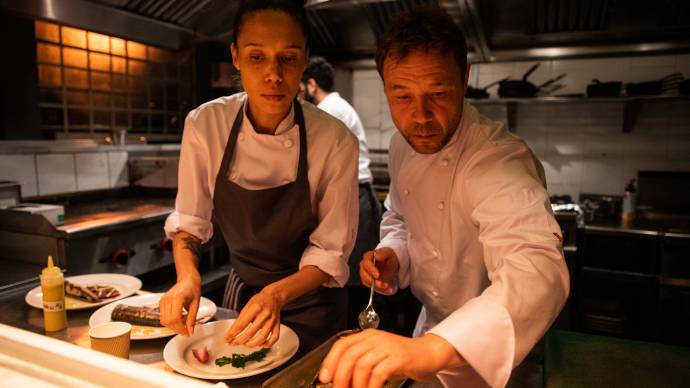
In 2021, Philip Barantini invited us into the stressful, hectic world of restaurant kitchens. Granted, not all kitchens are as taxing as this upmarket London one, but might as well stay put in the dining area.
Barantini uses all kinds of techniques to make sure we never want to become chefs of our own, the most effective being his use of the long take... which lasts the entire movie.
By never breaking the camera away, he builds incredible tension as we meander through the chaotic, high-wire backrooms, all while snobby customers out front make waitresses hold back their tears.
The equally demanding personal and professional lives of the staff give us sweaty palms, and the rush, the time limits, the need for perfection is amplified by the fact that Boiling Point shot in just four days.
6. The Opening Scene of Touch of Evil (1958)
Orson Welles was a master with the camera. He proved this in his debut feature Citizen Kane (1941), in which he commanded lighting, blocking, camera movements, and frame-within-a-frames to perfection.
Seventeen years later, Touch of Evil proved no different. The innovative opening sequence is over three minutes long as it tracks a couple crossing the Mexican border with a bomb in their trunk. The smoothness feels like it was filmed on a drone (but, of course, it wasn't).
Shooting a long take at night with 1950s camera equipment is a marvel in itself. The result is seamless, keeping us on edge about when/if the car will explode while boasting gorgeous, shadowy noir imagery.
5. The Bombings in Children of Men (2006)
Alfonso Cuarón implemented numerous long shots in his dystopian drama Children of Men (2006), and each one-take is more striking than the last. The infamous car attack scene features impossible camera angles that contort and move into different character perspectives.
But the most astonishing one-take in Children of Men comes toward the end, when Theo Faron (played by Clive Owen) runs through anarchic streets while bombs fall and shots are fired everywhere.
This six-minute shot took days of preparation, with explosions and moving vehicles having to be staged with utmost precision. The camera movement is motivated by the lawless desperation of Theo's mission, and the scene is littered with religious imagery.
4. The Whole Movie of 1917 (2019)
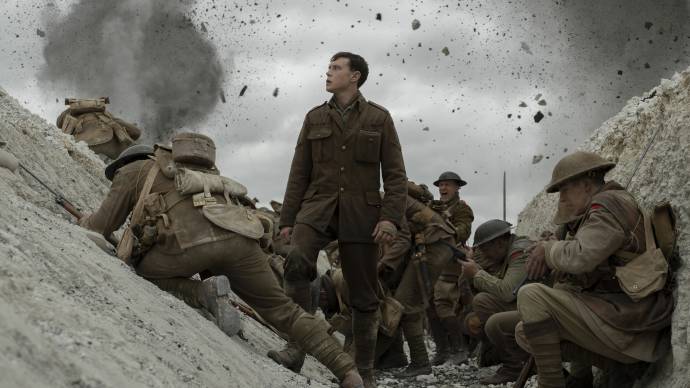
This particular example isn't technically a long shot, but it's designed to give the impression of one.
The choreography of 1917 (2019) alone is enough for a standing ovation, and the technical filmmaking and outstanding performances push it into legendary status. Director Sam Mendes isn't the first to direct a feature-length one-take, but it's definitely one of the best.
1917 follows Lance Corporal William as he crosses enemy territory during World War I. The camera tracks him from start to finish—almost two whole hours—while he's bombarded by explosions and bullets.
The first and last frame mirror each other in a metaphorical circular narrative. 1917 won the Academy Award for Best Cinematography back in 2020, and rightly so! It's amazing to watch.
3. The Whole Movie of Birdman (2014)
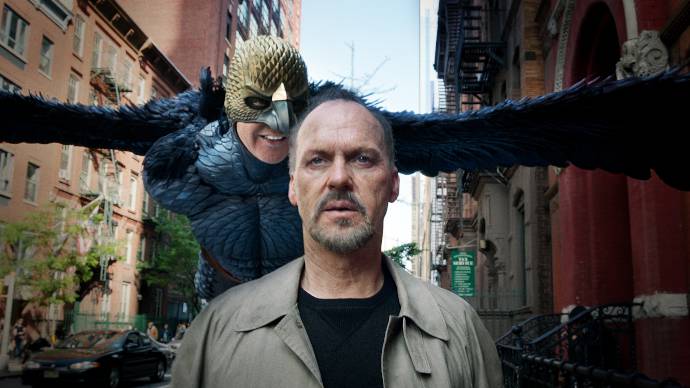
Birdman (2014) was revolutionary for being one of the first movies to be shot all in one take—for the most part, anyway. There are a few skillful cuts here and there, but the majority was truly shot in one go, including Michael Keaton running through Times Square in his underwear.
The set design of Birdman was made to work like a sort of maze, with certain locations cornered off from the public. The camera stalks Keaton throughout the set, using time-lapses and subtle editing to gloss over any obvious cuts.
The result? Pure cinematic magic. Alejandro G. Inarritu's direction is sleek, rhythmic, and completely mind-blowing. Birdman won an Academy Award for Best Cinematography.
2. The Priest Scene in Hunger (2008)
This long take is the longest one on our list (excluding the whole-movie one-takes in 1917 and Birdman), clocking in at over twenty minutes. And what's even more impressive is that the camera doesn't move!
That might sound pretty lazy for a film, but that's far from the truth. The fact that Michael Fassbender, Liam Cunningham, and director Steve McQueen are able to hold our full attention for so long as we watch nothing more than a simple conversation? Outright genius.
The director has stunned us with his long shots several times since this one, including the unbearable hanging scene in 12 Years a Slave (2013) where Chiwetel Ejiofor barely survives on his toes for three minutes straight.
1. The Beaches of Dunkirk in Atonement (2007)
This long shot is sure to have you in tears. Directed by Joe Wright, this single take navigates Dunkirk during the evacuations of 1940.
James McAvoy arrives as a disheveled soldier alongside two of his buddies, and aimlessly wanders the somber scene as he's unable to take it all in.
The complex five-minute shot plays out like a dance, its deceptively simple appearance masking the behind-the-scenes intricacies and technically demanding setups.
We witness all the different ways men spend their final moments on the beach: tanning, playing football, getting drunk. A melancholy yet beautiful orchestra sings in the background. This scene in Atonement (2007) is truly a haunting wartime painting come to life.
